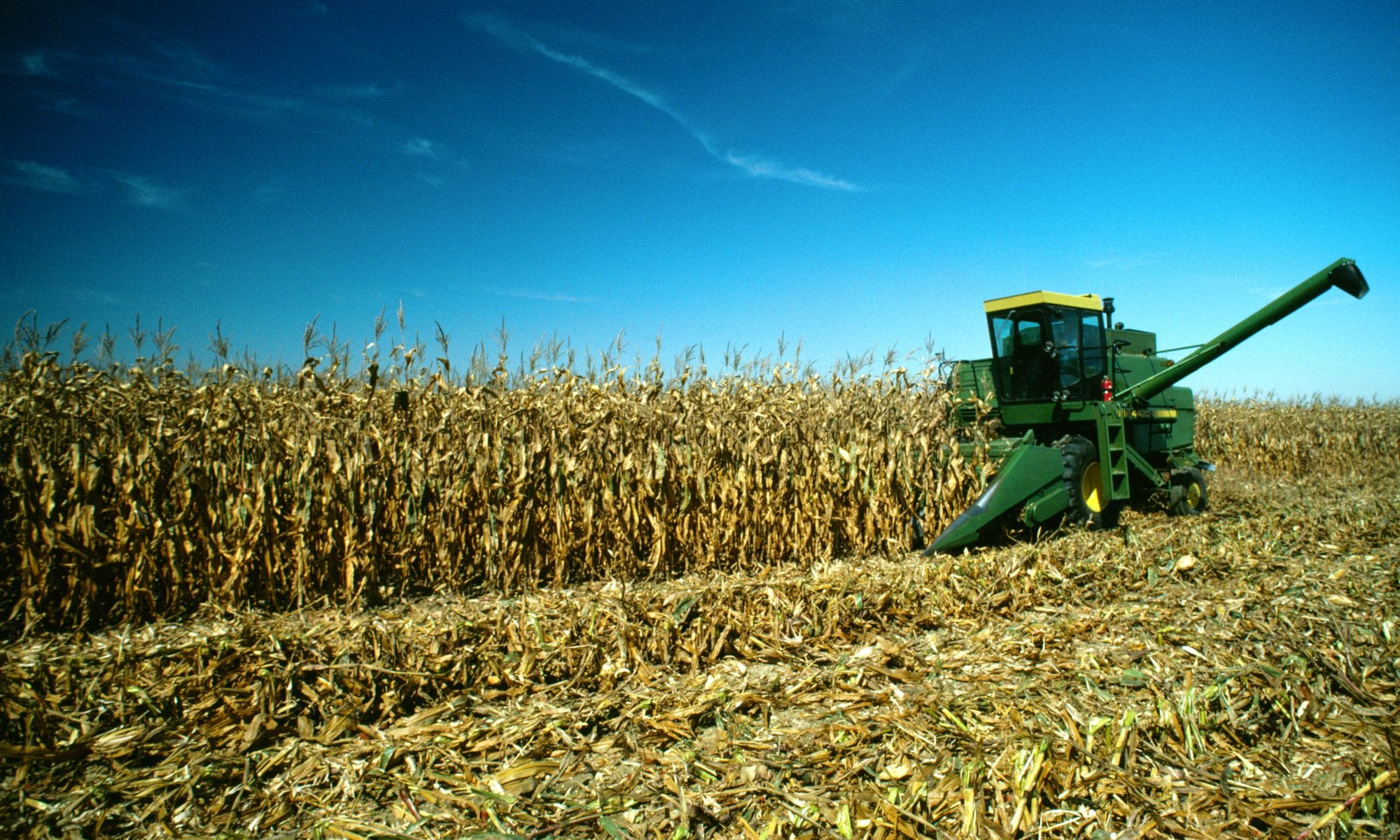Farmers across the country have struggled with delayed harvest. This week USDA announced the Risk Management Agency (RMA) will provide flexibility for farmers who have been unable to complete harvest prior to December 10, the end date for insurance policies covering most spring-planted crops like including corn and soybeans.
Sen. John Hoeven ( X – N.D.), chairman of the Senate Agriculture Appropriations Committee and a member of the Senate Agriculture Committee spoke with Agriculture Secretary Sonny Perdue last month and then sent a letter to the RMA, “urging them to issue guidance to farmers, insurance companies and loss adjustors on properly processing delayed crops and filing claims as harvest continues past the deadline.”
“Our farmers need to know that their insurance policies will cover them when facing long delays in harvest,” said Hoeven. “We appreciate Secretary Perdue, Under Secretary (Bill) Northey and RMA Administrator (Martin) Barbre for working with us to issue this guidance prior to the December 10th deadline. Doing so provides much-needed certainty for our agriculture producers as they work through bad weather and difficult conditions to bring this year’s crop out of the field.”
North Dakota is one of many states where farmers have abandoned harvest for the time being due to excessive moisture and snowy conditions. Hoeven’s office says that at the end of November there were 1 million acres of corn and 500,000 acres of soybeans left unharvested in North Dakota alone.
“I appreciate Chairman Hoeven’s focus on the needs of our farmers and his efforts to get this guidance to them so they can continue to farm even after bad weather hurts their operations,” said USDA Farm Production and Conservation Under Secretary Bill Northey.
Under RMA’s guidance, approved insurance providers may allow additional time to harvest when the following conditions are met:
Farmers give timely notice of loss to their crop insurance agent;
The approved insurance provider determines and documents that the delay in harvest was due to an insured cause of loss;
Farmers demonstrate that harvest was not possible due to insured causes; and
The delay in harvest was not due to a lack of sufficient equipment or manpower to harvest the crop by the end of the insurance period.
